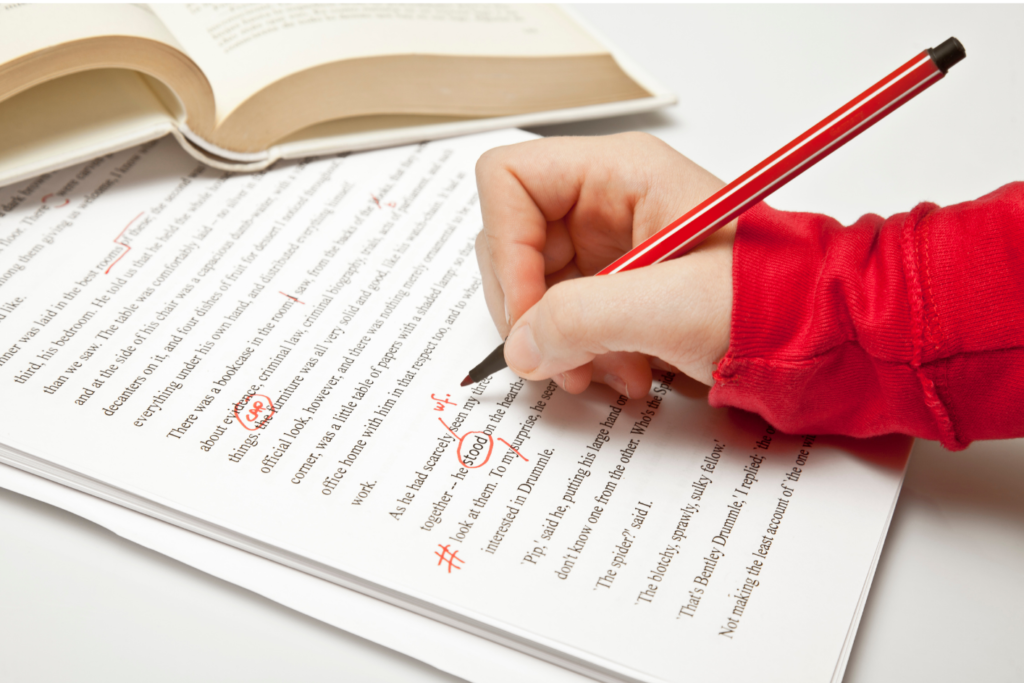While machine translation has transformed the industry with its speed and accessibility, human translation and post-AI proofreading remain critical for ensuring accuracy, cultural relevance, and professionalism. This article highlights the importance of these services, emphasizing the irreplaceable role of human expertise in delivering high-quality translations.
Machine Translation: A Starting Point
Advancements in artificial intelligence have made machine translation tools, such as those powered by neural networks, widely available and efficient. These tools can quickly translate large volumes of text, making them useful for basic communication or preliminary drafts. However, machine translations often struggle with complex linguistic structures, idiomatic phrases, and cultural context, which can result in errors or unnatural-sounding text.
Human translators, by contrast, bring a level of understanding and adaptability that machines cannot match. Their ability to interpret intent, tone, and cultural nuances ensures that translations are not only accurate but also resonate with the intended audience. For projects requiring precision or creativity, human translation is the gold standard.
The Strength of Human Translation
Human translators offer unique advantages that set them apart from automated systems:
Linguistic Precision: Humans can select the exact words and phrases to convey the intended meaning, avoiding ambiguities.
Cultural Adaptation: Translators ensure that content is culturally appropriate, preventing missteps that could alienate or confuse audiences.
Industry Expertise: Many translators specialize in fields like finance, healthcare, or literature, providing accurate and context-specific translations.
Emotional Resonance: For creative or marketing content, human translators craft messages that capture the same emotional impact as the original.
These qualities make human translation indispensable for projects where quality and authenticity are non-negotiable.
Enhancing AI Translations with Human Proofreading
While AI translation tools are improving, they often produce output that requires refinement. Common issues include inconsistent terminology, awkward phrasing, or cultural inaccuracies. Human proofreading after AI translation addresses these shortcomings, ensuring the final text is polished and professional.
Proofreaders focus on:
Correcting errors in grammar, syntax, and punctuation.
Ensuring stylistic consistency and coherence.
Adapting content to align with cultural expectations.
Verifying that the translation reflects the original intent.
This collaborative approach—leveraging AI for speed and human proofreaders for quality—delivers efficient, high-quality results. It’s an ideal solution for businesses seeking cost-effective translations without compromising on accuracy.
Key Applications of Translation and Proofreading
Translation and proofreading services are vital across numerous sectors:
Corporate Communications: From emails to annual reports, accurate translations strengthen global business relationships.
Marketing and Branding: Translated campaigns and advertisements must evoke the same emotions and brand identity as the original.
Technical and Legal Documents: Precision in translating contracts, manuals, or patents prevents costly misunderstandings.
Creative Content: Books, films, and games require translations that preserve the original tone and artistic vision.
Human translation and proofreading ensure that content is tailored to its audience, enhancing engagement and credibility.
How to Choose a Translation and Proofreading Provider
Selecting the right service provider is crucial for achieving superior results. Consider these factors:
Expert Translators: Choose services with native-speaking translators who have expertise in your industry.
Robust Quality Checks: Look for providers with thorough proofreading and quality assurance processes.
AI-Human Integration: Opt for services that combine AI efficiency with human oversight for optimal results.
Customization and Flexibility: Ensure the provider can meet your specific needs, including deadlines and specialized content.
By prioritizing human expertise, you can achieve translations that are accurate, culturally relevant, and impactful.
Conclusion
Translation and proofreading services www.translate.com/services/proofreading are essential for navigating the complexities of global communication. While machine translation offers speed, it cannot replicate the precision, cultural sensitivity, and creativity of human translators. Post-AI proofreading further enhances the quality of translated content, ensuring it meets professional standards. By combining the strengths of technology and human expertise, these services deliver translations that connect, engage, and inspire audiences worldwide.



